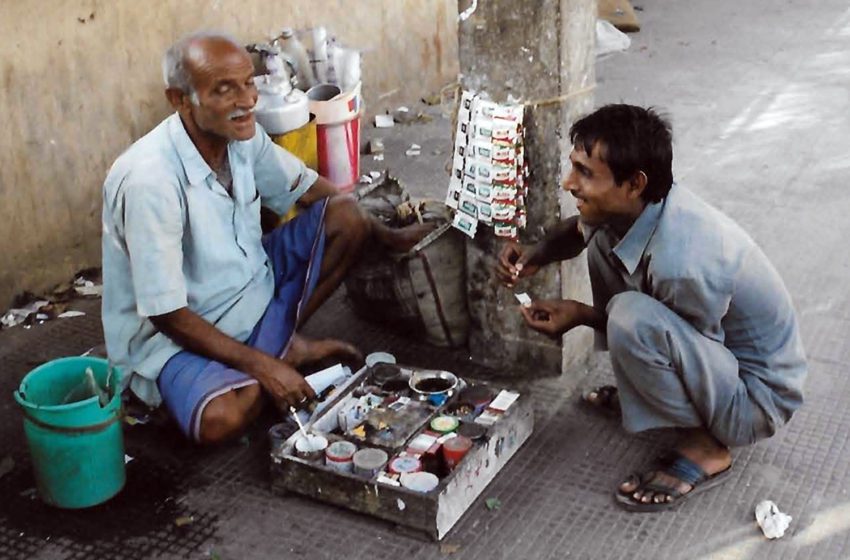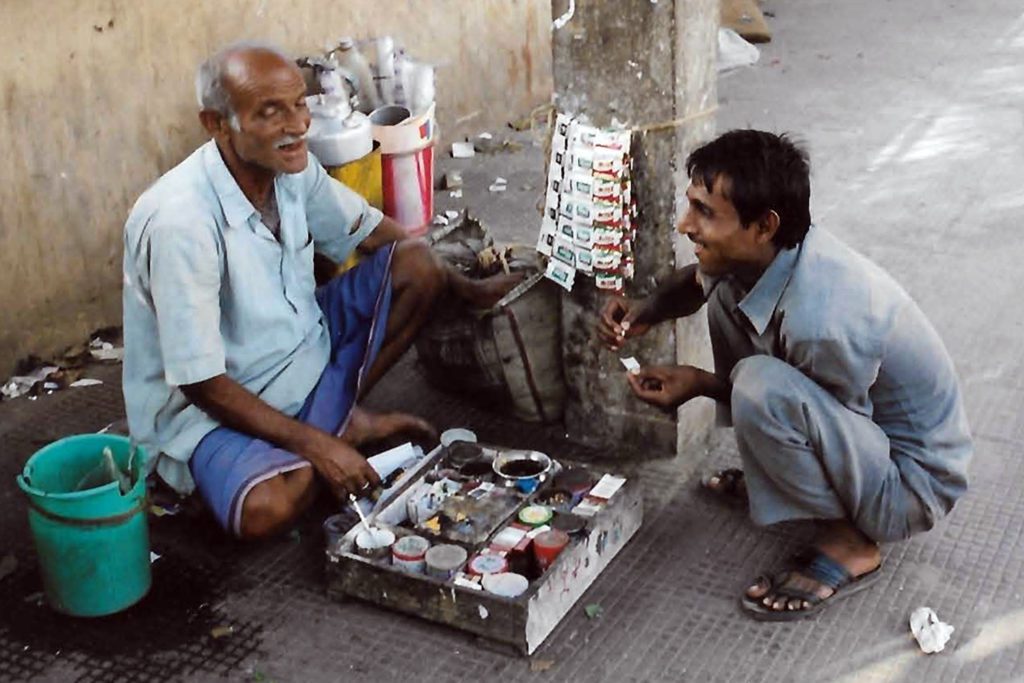
India’s crackdown on its dangerous smokeless tobaccos in the wake of Covid-19 should be complemented by a more coherent harm reduction strategy.
By Stefanie Rossel
The Covid-19 pandemic presented an opportunity for India to intensify its fight against the consumption of local smokeless tobaccos. On April 15, 2020, the government banned the sale of tobacco products, including chewing tobacco, the most widely used form of tobacco in India, as a measure to slow the spread of the coronavirus. Chewing smokeless tobacco products, which in India typically contain areca (betel) nut, increase the production of saliva and create a strong urge to spit—an undesirable habit during a pandemic.
As in Sweden, smokeless tobacco is significantly more popular than combustible tobacco in India. According to a 2020 analysis, nearly 199.4 million Indian adults consume smokeless tobacco regularly, which is more than twice the number of smokers. This makes it the country with the largest number of smokeless tobacco users. However, unlike Sweden’s snus, which ranks at the bottom of the continuum of risk, Indian smokeless tobaccos are quite risky. Public health experts describe them as “uniquely deadly.”
There is a wide variety of chewing tobacco available in India. The most commonly used products are khaini, a mixture of tobacco and lime used by 11.2 percent of adults, and gutkha, which consists of tobacco, slaked lime, paraffin wax, catechu (an extract of acacia trees) and crushed areca (betel) nut, and is consumed by 6.8 percent adults. Other smokeless tobaccos use mixtures of betel quid and paan masala.
What all these types of tobacco have in common is that they are highly addictive and full of carcinogens. In addition to the typical ingredients, these products can be laced with thousands of chemicals. The products are said to have both stimulant and relaxing effects; some are sold as mouth fresheners. Available for a few rupees, they are also affordable for poor people.
The consumption of smokeless tobacco was above the national average of 21.4 percent in 13 Indian states, with prevalence ranging from 23.5 percent in Bihar to 48.5 percent in the Tripura, according to the 2016–2017 Global Adult Tobacco Survey (GATS).
Smokeless tobacco consumption is responsible for India’s high rate of oral cancer. With 141.2 million male users compared to 58.2 million female users, consumption of smokeless tobacco is predominantly a male habit. However, three-fifths of the deaths attributable to smokeless tobacco use occur among women. In contrast to smoking, which is generally considered a taboo for women, smokeless tobacco consumption is more socially acceptable. As smokeless tobacco is deeply entrenched in the region’s culture, it tends to pass from one generation to the next. Children as young as 10 years old have been found to regularly use smokeless tobacco.
Samrat Chowdhery, who leads consumer advocacy for tobacco harm reduction in India and is the past president of the International Network of Nicotine Consumer Organizations, estimates that smokeless tobacco is responsible for 350,000 premature deaths annually in India. “Though this mortality rate is lower than from combustible tobacco, it is still quite high,” he says. “The main reason for this is that Indian/southeastern smokeless tobacco products are handmade or made in poor hygienic conditions, which allows for impurities to creep in. There is no attempt to control or reduce tobacco-specific nitrosamines; the use of slaked lime adds another cancerous component; there is no licensing, standards or quality control; and finally toxic additives, such as nicotine sulphate and flavoring agents, are added to tobacco products.”
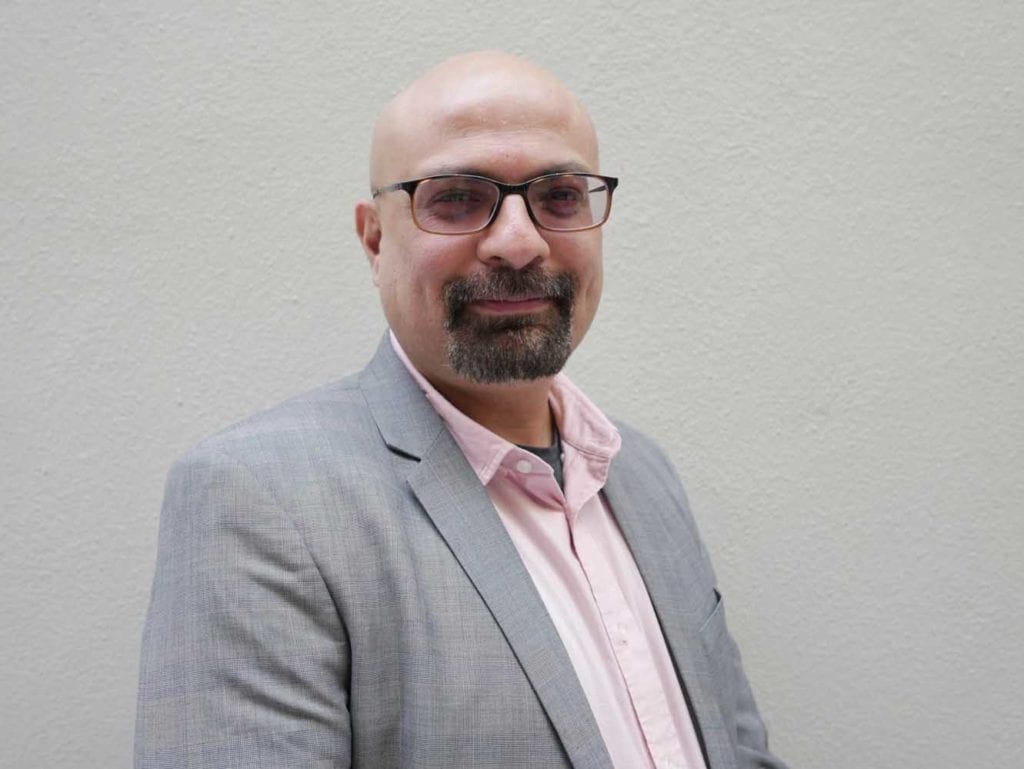
Ineffective Ban
India has been targeting smokeless tobacco as it aims to reduce the number of tobacco users by 30 percent by 2025. In 2012, states started banning the manufacture, sale and distribution—but not consumption—of pre-packaged gutkha under laws governing food, which may not contain tobacco. Some states extended this ban to other tobacco-containing oral products, such as paan masala.
Enforcement, however, has been patchy. A 2014 World Health Organization study found that 15 percent of respondents continued to purchase prepackaged gutkha. According to a 2018 YouTube feature by The Print, many street vendors in Delhi were unaware of the ban, and police were not taking action.
A large-scale household survey in Delhi in 2016 revealed that a mere 18.84 percent of gutkha users attempted to quit after the ban, although 97.5 percent of respondents believed tobacco to be harmful or very harmful. Only 2.4 percent successfully quit, the report found. Gutkha, a white-to-brownish granular flavored product, turns saliva bright red, and is usually spat onto a wall or on the ground, causing red stains that are hard to remove. It typically comes in colorful sachets. Following the ban, manufacturers started selling gutkha and tobacco in separate packs. In Delhi, 84.1 percent of pre-ban gutkha users switched to these twin sachets, the household survey found. Many switched from single-dose to multi-dose sachets or to khaini.
In March 2015, legislators prohibited all smokeless tobacco products including twin packs. Violators risk prison sentences or fines of up to INR25,000 ($336.39).
“The reporting of the so-called bans is usually skewed by the need to showcase them to their peers from the global tobacco control community,” says R. N. Sharan, retired professor of biochemistry, molecular biology and genetics at North-Eastern Hill University in Shillong, India. “Thus, at global and national forums on tobacco control, India’s attempts to ban risky smokeless tobacco products are often given a high profile and kudos showered on the involved public health advocates as well as policymakers. However, the proof is in the pudding. The bans have been cleverly, and sadly, circumvented by manufacturers, retailers and common ones. On the ground, prohibition seems to have, once again, failed.”
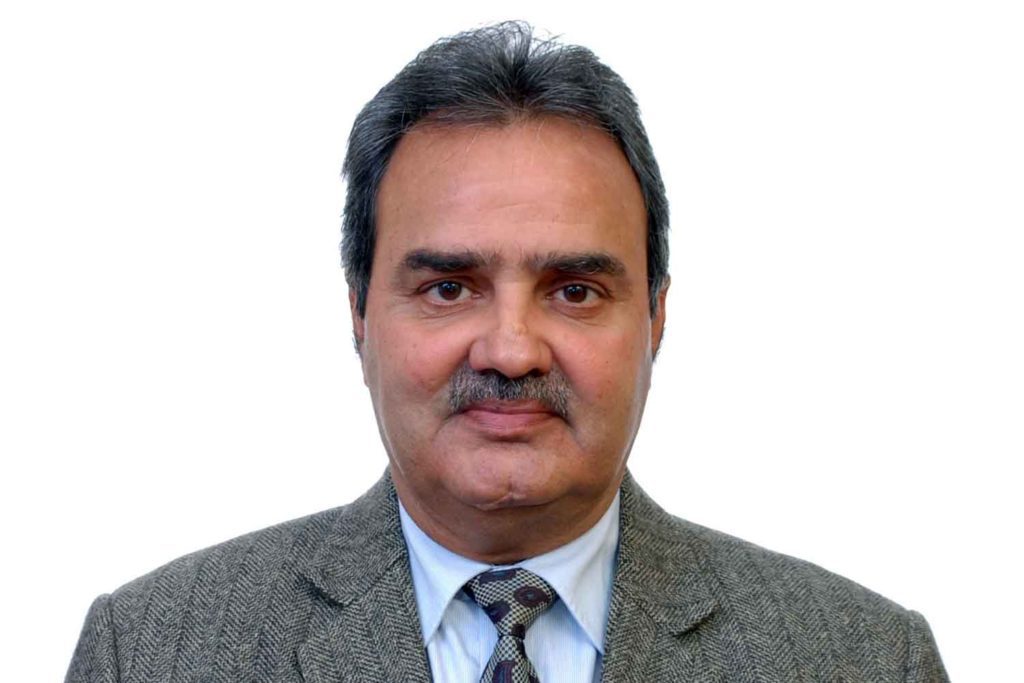
Expanded Authorities
With the advent of the pandemic in India, the government cracked down on tobacco. After the first reports that smoking might increase the risk of severe Covid-19, many Indians attempted to switch from cigarettes to smokeless tobacco. According to Statista, about 77 percent of smokers aged between 25 years old and 39 years old tried to transition to smokeless tobacco.
In addition to the government’s national directive on Covid-19 management, states and union territories received new powers under the Epidemic Disease Act, the Disaster Management Act and the Indian Penal Code to prohibit use of smokeless tobacco and spitting in public places.
By May 2020, up to 28 states and union territories had implemented various restrictions linked to smokeless tobacco, according to the Observer Research Foundation. The study’s authors concluded that the jurisdictions were right to act. Despite the country being a signatory to the WHO Framework Convention on Tobacco Control (FCTC), many of the treaty’s recommended policies, such as graphic health warnings on packs and advertising bans, tend to be circumvented by smokeless tobacco products.
The bans, all of which are outside FCTC policy, strengthened during the pandemic and appeared to have been more uniformly rolled out across the country, giving additional powers to states, the authors stated, but the amendment of some policies within a short span of time was likely to have caused confusion. At the time of writing, several states had extended the bans on smokeless tobacco manufacture, sale and distribution for another year.
Sharan says there are a number of reasons why the ban on chewing tobacco hasn’t shown the desired results so far. “India’s capabilities for technical analysis of smokeless products are not yet fully up and running, despite significant investment over the years,” he says. “Enforcement on the ground is also a big issue, further complicated by (a) the governance structure where primarily the central government legislates while the responsibility of their implementations remains essentially vested in the state or provincial governments, and (b) a complex web of vested interests.”
In fact, says Sharan, the Covid-19 pandemic may have made the situation worse. The regulatory apparatus in India has been and continues to be under severe stress from the pandemic, and they can only focus on so many things at one time. This is in sharp contrast to the Food and Drug Administration in the U.S. and the Trading Standards Authority in the U.K., which are well funded, adequately resourced to police the regulated products in the market and empowered to identify prohibited products or pull out noncompliant products from the market and suitably punish the erring vendors/manufacturers if required.
“It is to be noted that the FDA’s Center for Tobacco Products is funded from fees paid by the industry they regulate, thus ensuring a fair and level marketplace. I am not aware of the existence of any such mechanism in India. In this context, India could be a winner if it chose to learn some lessons from the rest of the world.”

Desperately Needed: Harm Reduction
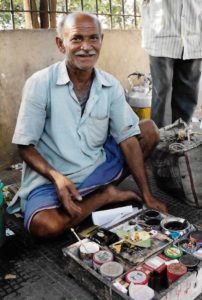 India closely adheres to the WHO’s abolitionist stance, as evidenced by the country’s 2019 ban on vape products. “My understanding is there is a general denial of harm reduction approaches among governmental stakeholders,” Chowdhery says. “I am not sure, though, how the bans are evaluated or if there is a mechanism for that, though I do keep hearing about smuggling of these goods going up through everyday reports of seizures.
India closely adheres to the WHO’s abolitionist stance, as evidenced by the country’s 2019 ban on vape products. “My understanding is there is a general denial of harm reduction approaches among governmental stakeholders,” Chowdhery says. “I am not sure, though, how the bans are evaluated or if there is a mechanism for that, though I do keep hearing about smuggling of these goods going up through everyday reports of seizures.
“My view is that such bans, if not accompanied by meaningful cessation support in the form of in-person counselling centers and affordable, subsidized nicotine-replacement products or substitution products, such as nicotine pouches and snus, for those who can’t or don’t want to quit, along with strong enforcement, will lead to creation of black markets, which end up increasing population-level harm through proliferation of unregulated, substandard products.”
Sudhanshu Patwardhan, U.K.-based medical doctor and tobacco cessation expert, looked exactly at these issues in a paper, “New Nicotine Pouch Category: A Tobacco Harm Reduction Tool?” which he published with Swedish Scientist Karl Fagerstrom in October 2021.
“India’s latest GATS [Global Adult Tobacco Survey] data shows that nearly 200 million people continue to use risky forms of oral tobacco,” he says. “With no meaningful cessation support available, nor any affordable and appealing safer nicotine alternatives, consumers are struggling to give up their risky tobacco habit. Frankly, it is naive to expect governments to embrace tobacco harm reduction at face value.
“The ban on e-cigarettes was partly fueled by irresponsible behavior from multinational companies and international experts’ lack of understanding of the Indian policymaking milieu and worsened by nicotine illiteracy among Indian policymakers and their influencers, such as healthcare professionals. A lot of work needs to be done in India and globally to enable and empower healthcare professionals by disentangling in their minds nicotine’s addictive properties from smoked as well as smokeless tobacco products’ carcinogenic and other harmful properties.
“Nicotine-replacement therapy is on the WHO’s model essential medicines list and also on India’s essential medicines list. As I and globally renowned nicotine dependence expert Dr. Fagerstrom argue in our paper in the Nicotine and Tobacco Research Journal, ‘there is a great challenge and opportunity in India to bring affordable nicotine pouches that are responsibly manufactured and marketed only to adult tobacco users. It would be important to ensure that adult users’ access and affordability are not compromised by the regulatory regime and the behaviors of profit-maximizing manufacturers.’”


